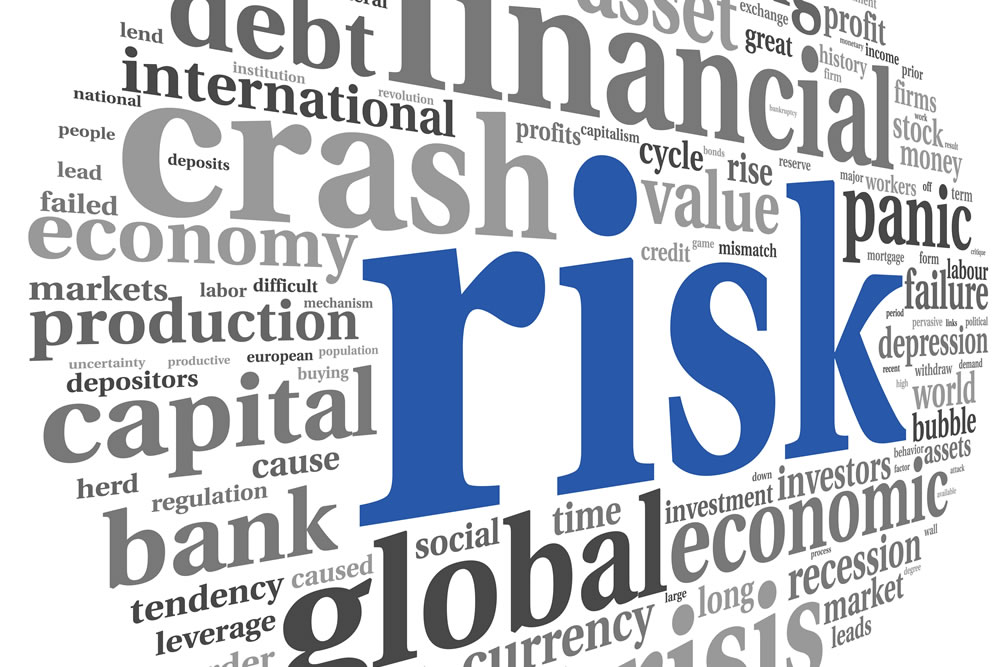Most investment errors are caused by misconceptions about securities and invalid performance expectations... markets are totally unpredictable, but they do have consistent cyclical patterns that can be dealt with productively.
Performance evaluation for growth purpose investments should be done differently than for income purpose securities. "Equity" investments are expected to produce realized capital gains in a naturally more risky environment than "debt" securities, which are expected to produce safe and recurring income.
Investment errors will occur when judgment is influenced by: emotions, hindsightful observations, and/or short-term market value considerations.
Master these ten risk-minimizers to improve your long-term investment performance:
1. Develop an investment plan that identifies realistic goals based on: time, risk-tolerance, and future income requirements--- think about where you are going before you start moving. Well thought out plans need infrequent adjustments.
2. Learn to distinguish between asset allocation and diversification. Asset allocation divides portfolios between growth and income purpose securities; diversification limits the size of individual holdings. Neither is a "hedge" or a market timing device; neither can be done precisely with mutual funds. Both are done best with a "cost based" approach like the Working Capital Model.
3. Be patient with your plan. Although investing is always referred to as long- term, it is rarely dealt with as such by investors, the media, or financial advisors. Never change direction frequently, and always make gradual adjustments.
There is no index that can be used with a properly structured portfolio, and calendar sub-divisions have no relationship whatever to market, interest rate, or economic cycles.
4. Never fall in love with a security, particularly that of a prior employer. Aside from the "love" and risk issues with single-issue portfolios, there is an unwilling-to-pay-the-taxes problem that often brings the unrealized gain to the Schedule D as a realized loss.
No reasonable profit should ever go unrealized... every security must always be for sale.
5. Prevent "analysis paralysis" from short-circuiting your decision-making powers. Information overdose causes confusion and invites hindsight. A narrow focus on information that supports just one well-documented investment strategy will be most productive.
6. Burn, delete, and discard shortcuts or gimmicks designed to provide instant stock picking success. Don't allow your portfolio to become a hodgepodge of funds, indexes, shorts, futures, pennies, commodities, options, currencies, etc. Keep it simple.
Remember: consumers buy products; investors select securities.
7. Attend a workshop on interest rate expectation sensitive securities and learn how to deal appropriately with changes in their market value. The income purpose portfolio must be looked at separately from the growth portion. Bottom line value changes may be trading opportunities if the income portfolio is designed properly... with Closed End Funds (CEFs).
Fixed income does not mean fixed price. Repeat: fixed income does not mean fixed price.
8. Ignore Mother Nature's evil twin daughters, speculation and pessimism. They'll con you into buying at market peaks and selling when prices fall, ignoring the cyclical opportunities provided by their "Momma". Never buy at all time highs; buy IGVSI (Investment Grade Value Stock Index) companies, little by little, as prices move lower, or equity CEFs when there are too few high quality companies to choose from.
9. Step away from calendar year, total return, market value only thinking. Most investment errors involve unrealistic time horizons, and/or "apples to oranges" performance comparisons. The get rich slowly path is the most reliable and portfolio growth is rarely a straight-up arrow.
10. Avoid the cheap, the easy, the confusing, the most popular, the future knowing, and the one-size-fits-all. There are no freebies on Wall Street, and the further you stray from higher quality stocks and bonds, the more financial risk you add to your portfolio.
Compounding the problems that investors face managing their portfolios is the sensationalism that the media brings to the environment. Try to view investing as a personal project where individual/family goals and objectives dictate portfolio structure, management strategy, and the performance to be monitored.
Do most individual investors have difficulty in an environment that encourages instant gratification, supports all forms of speculation, and gets off on shortsighted reports, reactions, and achievements?
You betcha...
Ten Investment Risk Minimizers




